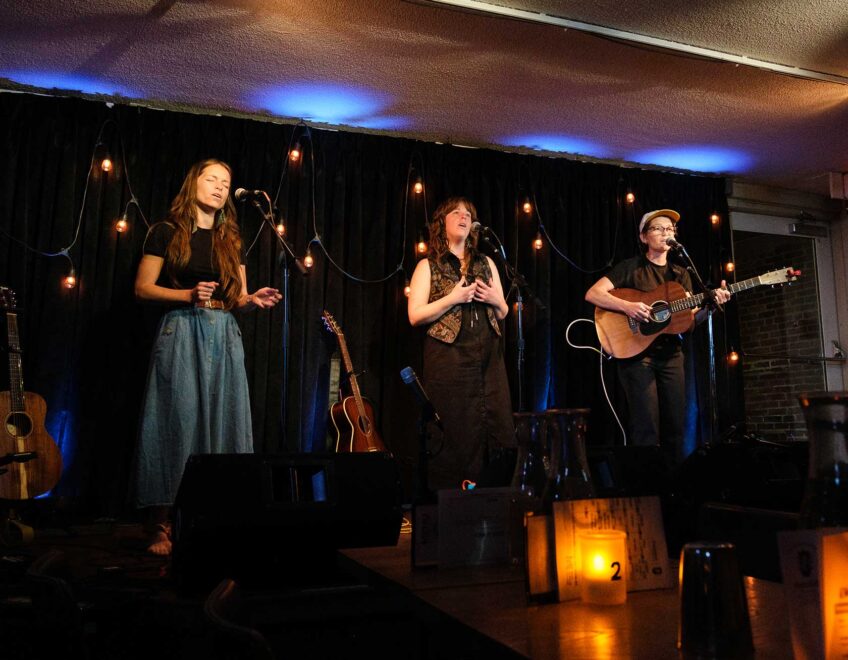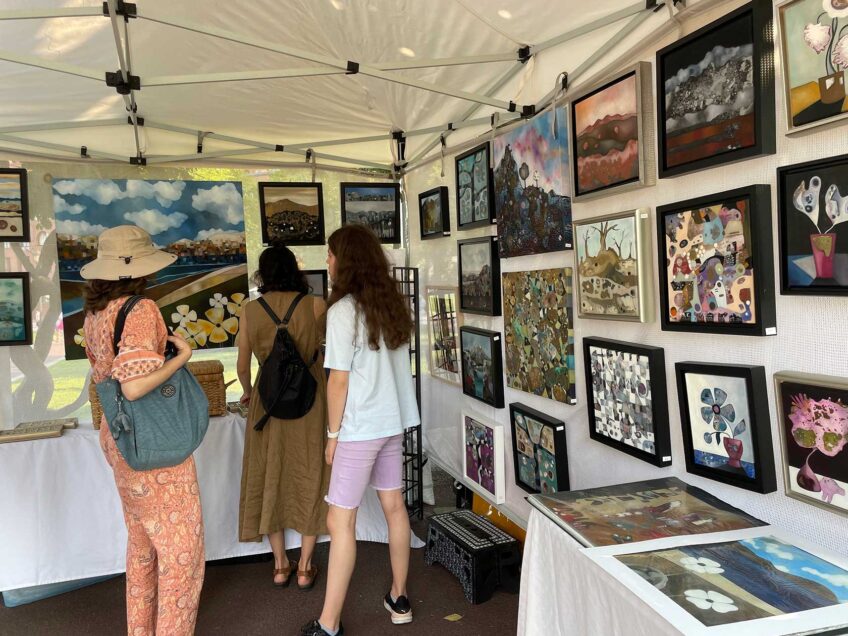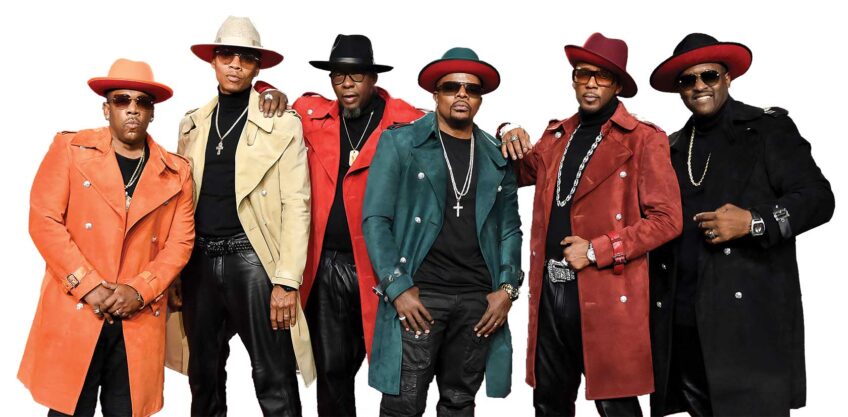ZEKE Award winning photographers at BRIDGE Gallery
Work of Jan Banning and Carlos Folgoso Sueiro on view in ‘Reckonings’ through June 7
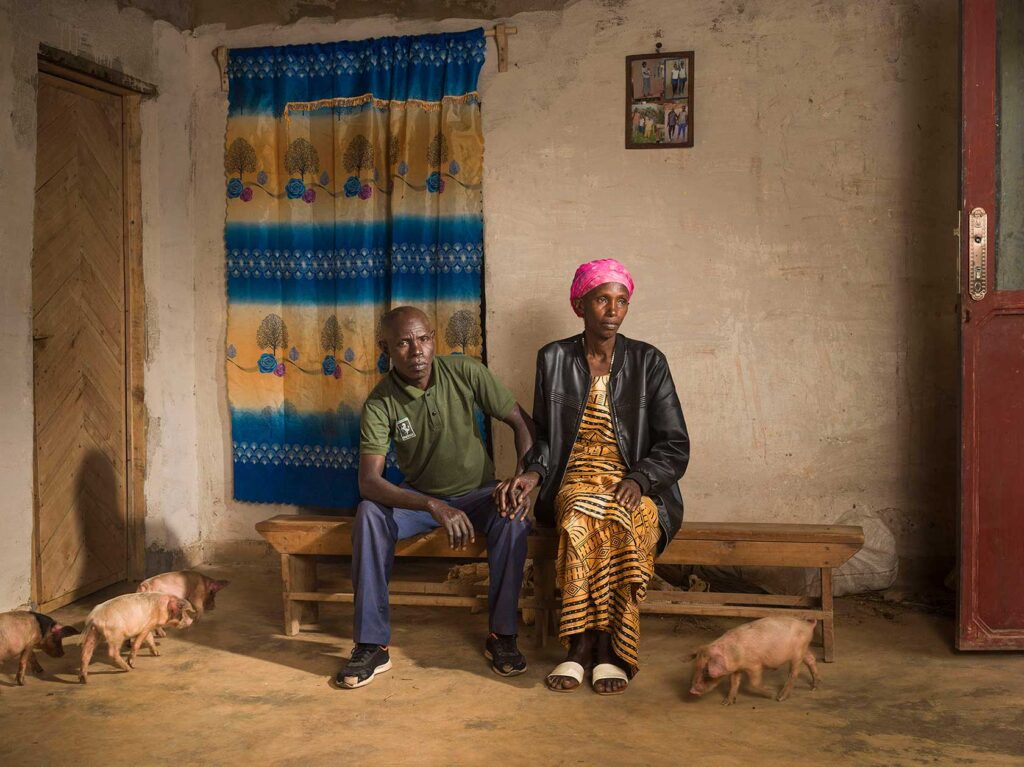
Dedicated to photography, BRIDGE Gallery, just north of Porter Square in Cambridge, is a small storefront venue with outsize reach. Founded in 2018 by photographer Greig Cranna, the BRIDGE has presented works by André Kertész, Manuel Álvarez Bravo and Sebastião Salgado as well as projects by local photographers that include the panAFRICAproject of Lou Jones and most recently Margo Cooper’s portraits in images and words of blues musicians, “Intimate Witness: 30 Years Deep Inside the Blues.”
On view at the BRIDGE through June 7 is “Reckonings,” an exhibition of photographs by the two winners of the 2025 ZEKE Award for Documentary Photography: Jan Banning of Utrecht, in the Netherlands and Carlos Folgoso Sueiro of Galicia, a region in northern Spain. Cranna is among the jurists for the annual award, run by the Social Documentary Network, which presents online galleries of projects by more than 3,000 photographers.
Sueiro conjures the traditions and geography of Galicia, a region vulnerable to floods, drought and other impacts of climate change. A university student already published in major magazines, Sueiro renders pastoral images of his green and mountainous region while documenting its ancient traditions, such as annual roundups of wild horses as well as people inseparably connected to their land.
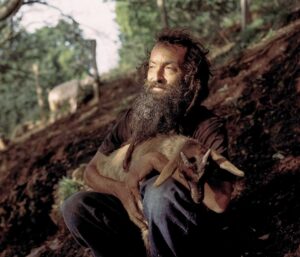
Nacho, a hermit in the Galician mountains who cares for a herd of goats PHOTO: Courtesy Carlos Folgoso Sueiro
Among his photographs is a portrait of a hermit and his goat and the skeletal remains of a village submerged in the ‘30s to create a reservoir that has now emerged from the drought-parched water. An overhead view of corralled black horses with white blazes on their heads creates an astonishing chiaroscuro abstraction.
Composed 30 years after the 1994 genocide in Rwanda, in which more than 800,000 Tutsi were slain, many by their neighbors, Banning’s portraits and accompanying book, “Blood Bonds: Reconciliation in Post-Genocide Rwanda,” pair perpetrators with victims and record stories of repentance and forgiveness
In the wake of the genocide, Community Based Sociotherapy (CBS) Rwanda worked with victims and perpetrators to foster healing and rebuild communities. In 2024, guided by CBS staff, Banning and writer Dick Wittenberg visited Rwanda and interviewed and photographed participants in this reconciliation process.
Wittenberg interviewed each survivor and perpetrator separately and following these conversations, Banning photographed the two people together, often in the survivor’s home. Asked what motivated their participation in this process, Banning, speaking by phone from Rome, said, “Most of them told us that their strongest wish was that more people would benefit from the experience they went through with CBS Rwanda.”
Alongside each photograph, a caption notes the perpetrators’ crimes and for some, a prison sentence served before taking part in the CBS program, as well as the searing losses of the survivor.
In Banning’s portraits, the survivor and perpetrator sit or stand close together. The faces of both show endurance and suffering. Mutual compassion is also often visible in their eyes and body language. “I leave the decision as to who sits where to each person,” said Banning. “Often their choices are surprising to me. The survivor puts her hand on the hand of the perpetrator, or the perpetrator puts his hand on the survivor’s shoulder.”
Orchestrating such elements as setting, composition and lighting, Banning approaches his work as fine art as well as journalism. “I use aesthetics to seduce people to delve into the theme,” said Banning, who traveled in Rwanda with more than 130 pounds of equipment and used artificial light even when shooting outdoors. Most of the portraits are taken inside the intimate space of a subject’s home, which Banning describes as “a very small stage.”
Subjects are illuminated in otherwise dark settings and shadows of varying intensity. “I use a film noir style,” said Banning. “I like to work with contrasts between light and dark, which evokes a sense of moral ambiguity. In these portraits, you never know exactly who’s the good person and who’s the bad one—who is the perpetrator and who is the survivor.”
Among the surprises Banning relishes is the appearance of piglets in his portrait of survivor Marianna Nyirantgorama and Marc Nyandekwe, a neighbor who killed her sister. “I started to photograph and in come the piglets. Marianna tried to send them out. I asked her to please let them stay. This tension between the underlying drama and the absolute banality of these piglets was to me indicating that in spite of all these horrors, life goes on.”




